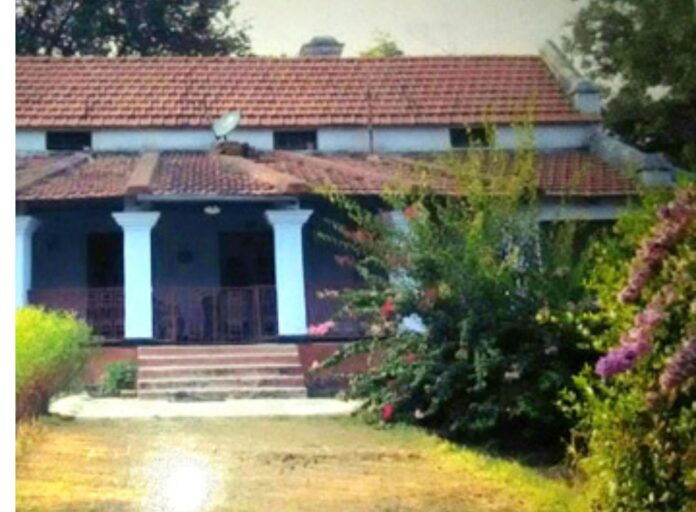Sanjay Pandey, EW News: McLuskieganj, renowned for its natural beauty and pleasant weather, often referred to as “Mini London,” is sadly losing its distinct identity. Over the past decade, rampant deforestation, brick kilns’ expansion, and unauthorized crusher units are eroding the charm of McLuskieganj. The small town is now grappling with the consequences of extensive brick-making activities that are adversely affecting its unique beauty.
The coal mining and illegal excavation of soil are casting a shadow over McLuskieganj, marking it with an ominous stain. Unless the state government takes effective measures promptly, McLuskieganj’s existence is at risk. The history of McLuskieganj dates back to the aftermath of the 1857 Sepoy Mutiny when there was a growing anti-British sentiment in the country. In those times, the Anglo-Indians were searching for a place far from the clutches of British rule.
When British resident E.T. McLuskie got wind of this, he discussed the matter with his friend Ratu Maharaja’s then-manager, Mr. P.P. (Pepi) Raat, during the British rule. Pepi presented the proposal to Ratu Maharaja, who agreed to provide McLuskie with 10,000 acres of land. Before obtaining the land, McLuskie established the “Colonizers Society of India Limited,” a company, in Kolkata. In 1932, Ratu Maharaja officially granted 10,000 acres to McLuskie. On November 3, 1932, the foundation of McLuskieganj was laid.
Under this initiative, McLuskie established an office in Kolkata and began settling the Anglo-Indians. At that time, around 365 bungalows were constructed within a 80-kilometer perimeter. These bungalows housed approximately 2,000 Anglo-Indians. Unfortunately, post-independence, the fear of insecurity and lack of employment opportunities led the younger generation to gradually migrate. McLuskieganj, once a vibrant community, is now witnessing a decline in development.
The cold months of December, January, and February mark the winter season, while the region used to experience cool weather throughout the year. In May and June, temperatures could soar up to 46 degrees Celsius. The disappearing forest areas, coupled with insurgency in the hills, have contributed to the degradation of McLuskieganj’s climate. To revive the town, it is crucial to curb negative activities and focus on developing the tourism sector.
Presently, McLuskieganj is mostly known for its mango orchards. Establishing a five-year plan for development initiated from McLuskieganj could potentially save the town once again. The “Colonization Observer,” a weekly newspaper, started publishing in 1932, covering news from Kolkata, Patna, and Delhi. McLuskieganj once boasted Bholu Maharaj’s sweet shop, where the British enjoyed the barfi made by Bholu Maharaj’s hands.
Inspired by Scotland, McLuskieganj was designed with Victorian-style bungalows, surrounded by hills and jungles. The picturesque setting of Victorian-style bungalows earned McLuskieganj the nickname “Mini London.” Without a proper map, constructing houses was strictly prohibited. Even today, dilapidated Victorian-style bungalows can be found in McLuskieganj, bearing witness to its historical charm.


